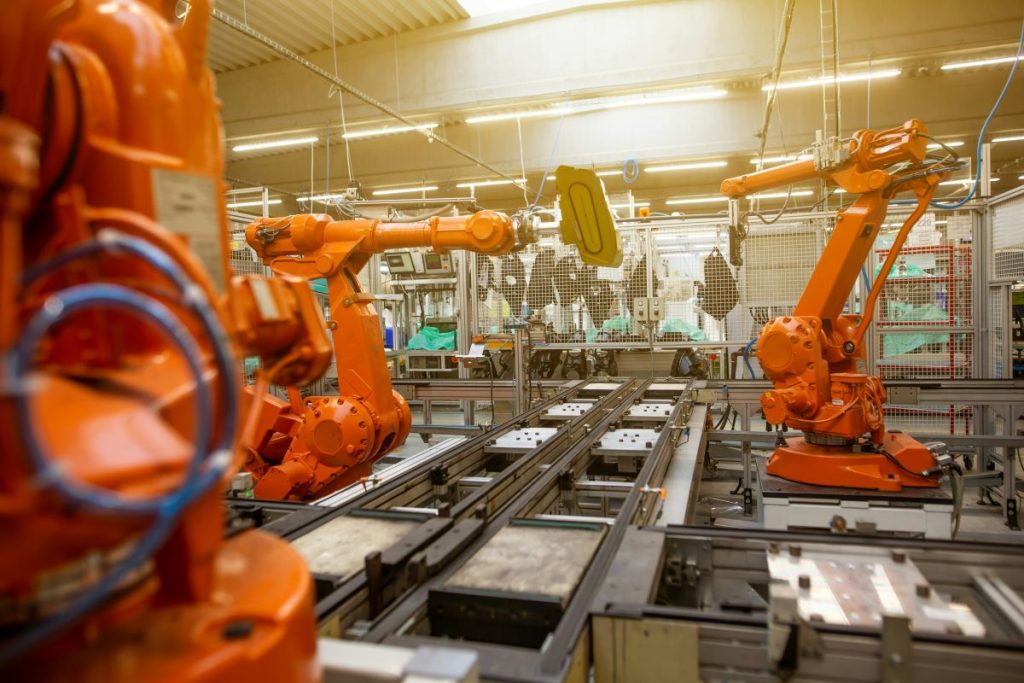Warehousing and manufacturing are on the cusp of transformation as companies increase spending on automation, but success hinges on a systematic deployment strategy.
Pre-Deployment: Systematize the Process
Deploying automation starts long before stepping into a warehouse. A clear, repeatable playbook is essential for success. Following an 80/20 approach—where 80% of the deployment process is standardized and 20% is customized for specific needs—creates a balance between efficiency and tailored solutions. Standardized processes, components, and training materials establish quality baselines, while the custom portion builds relationships and secures buy-in from stakeholders across the organization.
Mapping the adoption process to match an organization’s culture and operations is key. Whether it’s a gradual ramp-up or a full switchover, the transition should minimize pain points to increase acceptance. Champions—engaged individuals at all organizational levels—play a critical role in driving adoption. These advocates should be involved from the start, collaborating on change management strategies and ensuring consistent, tailored communication about why automation is being introduced. Repetition and clarity in messaging are vital to align all stakeholders.
During Deployment: Maintain Momentum
Maintaining clear and consistent communication during deployment is crucial. Change management doesn’t stop with planning—it requires engagement throughout the process.
Training is often cited as the most significant factor affecting automation outcomes. Intuitive systems that require minimal training are ideal, but when that isn’t feasible, well-planned training becomes essential. Using a train-the-trainer approach empowers internal champions to lead training efforts, creating a trusted, personalized learning experience. This method fosters ownership and enhances employee confidence. Periodic retraining ensures long-term skill retention and system efficiency.
Post-Deployment: Stay Engaged
Successful adoption doesn’t end with system installation. Vendors must remain engaged, transitioning responsibilities gradually to customers while gathering feedback and data to refine approaches. This aligns with Proci’s reinforcement phase in change management, emphasizing ongoing evaluation and adaptation.
Revisiting deployment strategies to incorporate lessons learned is crucial. Champions remain invaluable during this phase, driving continuous improvement and fostering lasting value from automation investments. Vendors should also communicate changes made based on feedback, reinforcing trust and demonstrating their commitment to customer success.
Automation is reshaping the future of warehousing and manufacturing, but only when deployed effectively. A systematic, engaged approach ensures companies maximize their investments while building resilient, future-ready operations.








